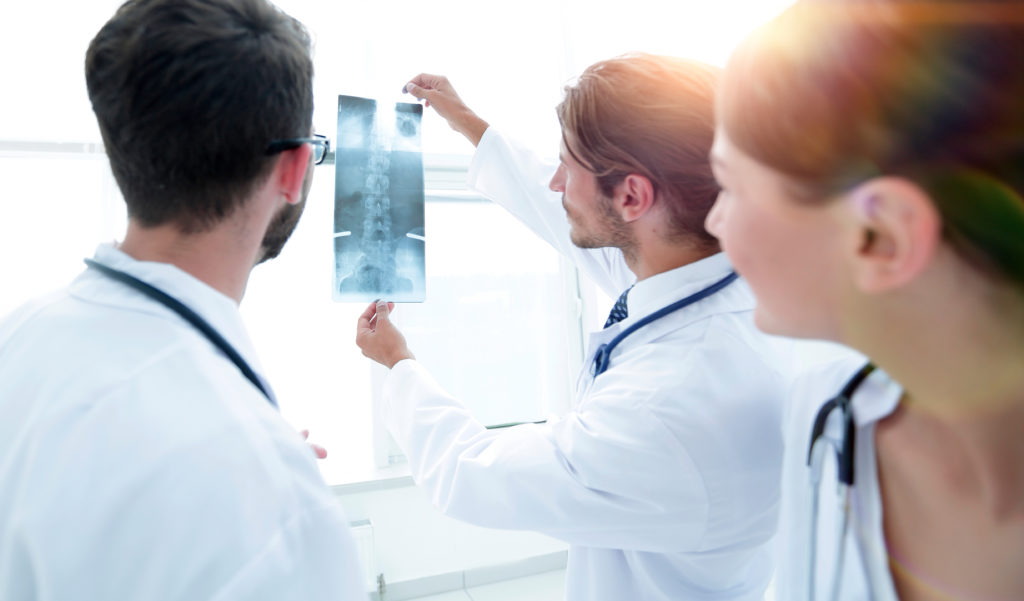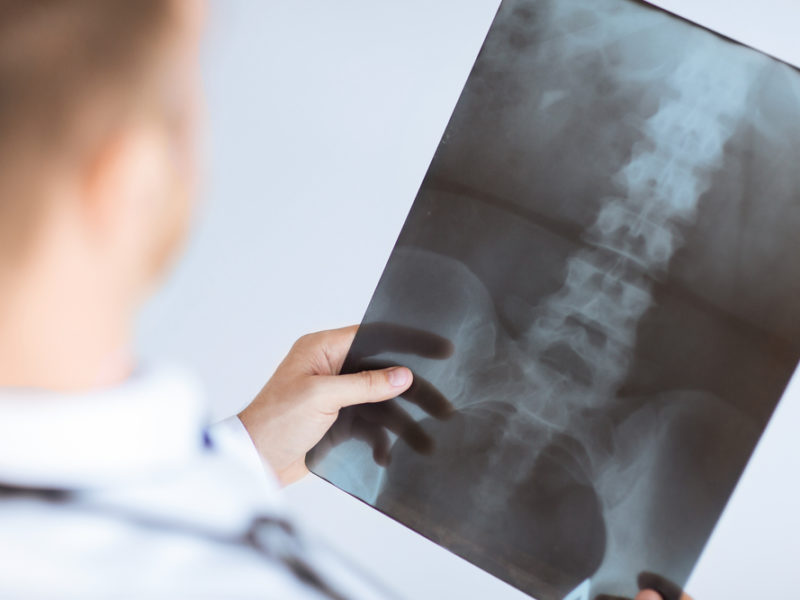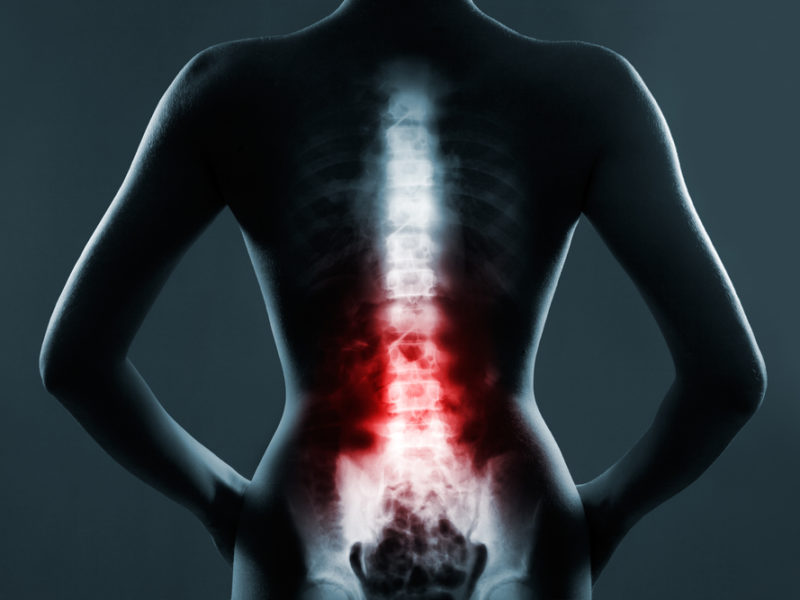
How do I know if I need a direct visualized rhizotomy?
How do I know if I need a direct visualized rhizotomy? https://phoenixspineandjoint.com/wp-content/uploads/2019/05/shutterstock_1042500031-1024x601.jpg 1024 601 Phoenix Spine & Joint Phoenix Spine & Joint https://phoenixspineandjoint.com/wp-content/uploads/2019/05/shutterstock_1042500031-1024x601.jpgBefore you commit to having a direct visualized rhizotomy (DVR), you should stop and ask yourself, “How do I know if I need a direct visualized rhizotomy?” To help you answer this question, Phoenix Spine & Joint offers information about what this condition can treat and the process we use to screen patients for DVR.
How to know if DVR is what you need
DVR is a procedure we use at Phoenix Spine & Joint to help patients treat certain issues that cause back pain. You may have also heard this procedure called direct visual rhizotomy or endoscopic rhizotomy.
One reason you may need DVR is if you have an inflamed or damaged facet joint. Facet joints are the joints located along the back of the spine, and they allow your spine to bend and flex. Osteoarthritis, infections and other factors can cause inflammation to occur in facet joints. In some cases, issues with the facet joints can be treated with physical therapy and pain medications. However, in some cases, these noninvasive options may not reduce your pain, and it’s at this point that DVR may be able to help.
Another reason you may need DVR is if you have sacroiliac joint disorder. The sacroiliac joint is located between the sacrum at the bottom of your spine and the iliac bones in your hips. This joint isn’t actually supposed to move very much, but issues like osteoarthritis can cause cartilage to wear away. This damage to your cartilage may result in pain.
In both cases, DVR is designed to help treat pain by cutting pain nerve fibers. First, a small, 5-millimeter incision is made above the painful joint. Then, an endoscope is used to provide a visual of the joint. Finally, the pain fibers are cut to shut off the pain signals, and the incision is closed.
Phoenix Spine & Joint offers the DVR you need
Once it’s been determined that you need a DVR procedure, our team at Phoenix Spine & Joint can help you get the most out of your surgery. In fact, our DVR procedure may provide benefits for you that include:
- Short surgery and recovery times
- Less muscle and tissue damage
- Minimal blood loss
- High success rate
- Reduction of pain
Are you ready to get the benefits that may come from DVR? Contact one of our patient care coordinators today for more information or to schedule a free second opinion.
- Posted In:
- DVR









